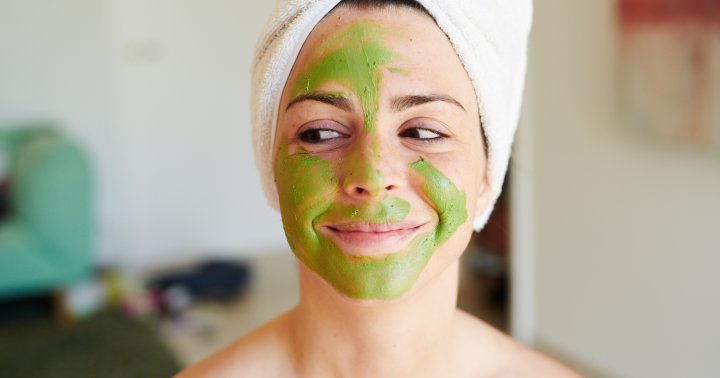Doing This For 3 Minutes A Day May Help You Live Longer
No planning or special equipment required.

Advertisement
This ad is displayed using third party content and we do not control its accessibility features.
Image by adamkaz / iStock August 06, 2024 We carefully vet all products and services featured on mindbodygreen using our Our selections are never influenced by the commissions earned from our links. Meal prep, cardio, sleep…sometimes the healthiest activities are also the most time-consuming. If you crave healthy habits that won't gobble up your entire day, a study in Nature Medicine1 will interest you. It showed that you can increase your chance of living a long, healthy life in just three minutes (yes, minutes!) a day.The study: Get healthier in 3 minutes a day?
For this study, researchers from Australia and Europe analyzed data from the UK Biobank on 25,241 people who considered themselves "nonexercisers," meaning they did not make exercise part of their regular routines. The mean age of the participants was 61.8 years, and the researchers followed the study group for nearly seven years.
The results showed that during the study period, about 852 participants died (511 died from cancer and 266 from cardiovascular disease).
When researchers analyzed activity trends among the participants, they noted that participants who racked up three very short sessions of vigorous physical activity daily had a significantly lower risk of death.
The results showed that those who performed three one-minute stints of vigorous activity each day had a 39% lower risk of death from any cause compared to those who did not do these bursts of activity. More specifically, they had a 49% lower risk of death from cardiovascular disease and a 30% lower risk of death from cancer.
Those who went a step further and completed 11 minutes of short bursts of exercise daily had a 65% lower risk of death from cardiovascular disease and a 49% lower risk of death from cancer.
As for what counts as a short burst of exercise, study co-author and professor of sport and exercise medicine at University College London Mark Hamer, Ph.D., tells the Guardian, "This could be things like playing with children. It could be [that] you see your bus just about to leave, so you have to walk extremely quickly to get the bus. It may be that you live in a block of flats, and you have to carry that shopping up a flight of stairs."
We can add this to the growing body of evidence showing that we don't have to train for a marathon to reap the benefits of exercise. Shorter movements, when done frequently, can also minimize inactivity and have a positive effect on our strength and overall mortality risk as we get older.
7 ways to get in "bursts of exercise" today
When we see striking results like the ones from this study, it's only natural to feel motivated to make changes to our everyday lives to improve health and longevity. A great place to start is with a multivitamin, which will help you get a wide range of beneficial nutrients that are key to a healthy body long term. (Here are the 18 best multivitamins, according to experts.)
Then, you can turn your attention to getting these short bursts of activity regularly. Here are a few ideas for quick movements that you can build into your day to stay active on days when you're low on time. The best thing about them? They don't require changing clothes, waking up at the crack of dawn, or driving to the gym:
And now for the final question: What constitutes vigorous activity? As Emmanuel Stamatakis, Ph.D., a professor at the University of Syndey and the lead author of the study, explained to the New York Times, an easy way to measure exercise intensity is to pay attention to how well you can speak while working out.
If you can speak comfortably but don't feel like you could quite muster singing a song, that's considered "moderate." If you can only speak a few words, or none at all, that's how you know you're in "vigorous" territory, which is what this research focused on.
It's worth noting that less intense exercise—like zone 2 training—is also very beneficial for cardiovascular health, so don't forget about it entirely.
The takeaway
Doing three one-minute stints of vigorous activity each day may lower nonexercisers' risk of death from cancer and cardiovascular disease, according to a study published in Nature.
Luckily, it's easy for all of us to incorporate these types of quick bursts of exercise into our day—no planning or special equipment required.

 Koichiko
Koichiko 



































